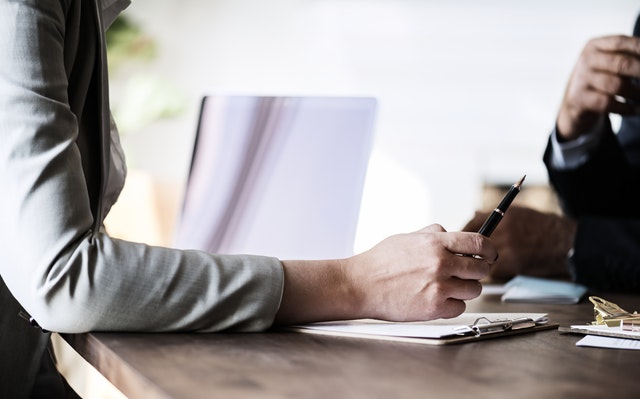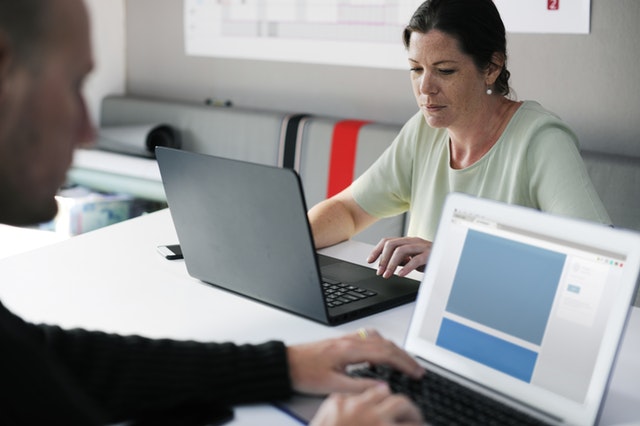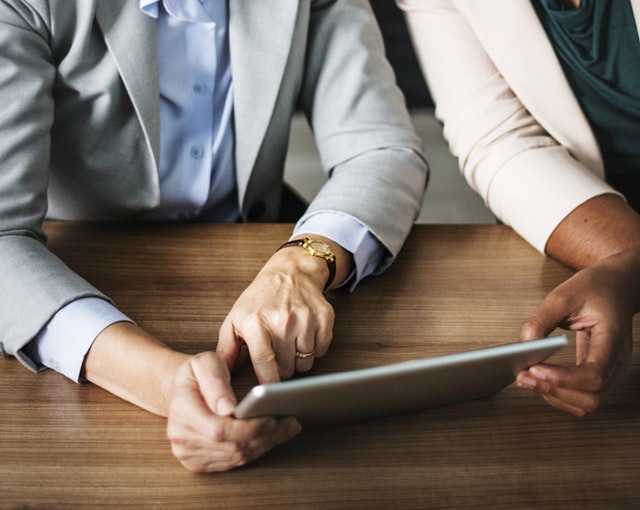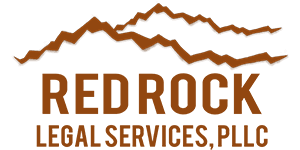A Crash Course in Chapter 13 Bankruptcy
A Chapter 13 bankruptcy is commonly known as a “personal reorganization.
Simply put, Chapter 13 allows you to keep all or most of your property while you pay some or all of your debt over time. Your Chapter 13 payment may include your mortgage payment, arrears on your mortgage, taxes, car payments, past due child support and past due spousal maintenance. Depending on your income and the value of the property you own, your Chapter 13 Plan may or may not include a payment towards your unsecured debt (credit cards, medical bills, deficiencies on repossessions, etc.) At the end of your Plan, any remaining unsecured debt which is not paid in the Plan will be discharged or forgiven. Chapter 13 bankruptcy can be a valuable tool if you are facing foreclosure, repossession, tax collection or have valuable property you want to keep.

When you are ready, you will meet with an attorney to find out if Bankruptcy is right for you. At your first meeting, the attorney will tell you about your Bankruptcy options (including Chapter 7 and Chapter 13) and assist you in understanding the process. A skilled Bankruptcy attorney will answer all of
your questions in an understandable way and provide you with a Bankruptcy Questionnaire. Don’t be afraid to ask questions, it is important that you be fully informed before you file your case.
your questions in an understandable way and provide you with a Bankruptcy Questionnaire. Don’t be afraid to ask questions, it is important that you be fully informed before you file your case.

If you decide to file for Bankruptcy protection you will schedule a follow-up appointment to bring in your information. At this appointment, your will be asked to return the Bankruptcy Questionnaire you received at your first meeting which provides the attorney with information regarding your property, debts, income and expenses. You will also be required to produce certain documents such as paystubs, bank statements and tax returns. Again, ask questions!

At your final appointment, the attorney will ask you to review and sign your Bankruptcy Petition which will include your proposed Chapter 13 Plan. It is important that you read it carefully to make sure it is correct. Your Bankruptcy process will go much smoother if you provide detailed, accurate information.

Shortly after filing your Chapter 13 you case, you will receive an introductory packet from the Chapter 13 Trustee. This packet will include information to help you make your Chapter 13 a success. You will start making your Chapter 13 Plan payment to the Trustee 30 days after your case is filed. Depending on where you live the payments may be deducted from your paycheck unless you are self-employed, in which case you would send the payments in on your own.
The Final Steps
Meeting With The U.S. Trustee
Approximately five weeks after the case is filed you will be required to attend a “Section 341 Meeting of Creditors.” Your attorney will attend this meeting with you. At the meeting you will meet with the Chapter 13 Trustee. The Trustee will interview you and ask you a series of questions about your case. The questions are straightforward and not meant to trick you. You are there to testify as to the truthfulness of the information contained in your Bankruptcy papers. Although the meeting is designed to give creditors an opportunity to appear and ask you questions, they rarely attend. While the meeting is a very important part of the Bankruptcy process and you must be absolutely truthful in answering the questions, the atmosphere is informal and not meant to be intimidating or harassing. If you get stumped, your attorney will be there to assist you. At the meeting the Trustee will review the case with you and your attorney.
What Happens Next?
After your meeting, creditors have a period of time to review your proposed plan.. Your attorney will work
to resolve any concerns the Trustee or Creditors may have. Once all issues have been resolved and all concerned parties are in agreement, the plan will be confirmed by the Bankruptcy Judge. Once the plan is confirmed your monthly payment should remain the same unless and until there are changes in your financial situation which would call for a change in the payment.
to resolve any concerns the Trustee or Creditors may have. Once all issues have been resolved and all concerned parties are in agreement, the plan will be confirmed by the Bankruptcy Judge. Once the plan is confirmed your monthly payment should remain the same unless and until there are changes in your financial situation which would call for a change in the payment.
Your Discharge
At the end of your Chapter 13 Bankruptcy, if you qualify, you will receive a discharge of all or most of your unsecured debt not paid in your Chapter 13 Plan. Certain unsecured debts such as student loans, and some taxes are non-dischargeable and will remain after the Plan is finished. Most of the time, if your Chapter 13 Plan includes a mortgage arrears, car payment, tax or other secured debt, these items will be paid in full by the end of the Plan. After completion of the Plan, the Bankruptcy Judge will sign what is called an “Order of Discharge” and shortly thereafter the Bankruptcy case will be officially closed. After your case is closed, you will continue to pay your ongoing mortgage payment and any non-dischargeable debt.
